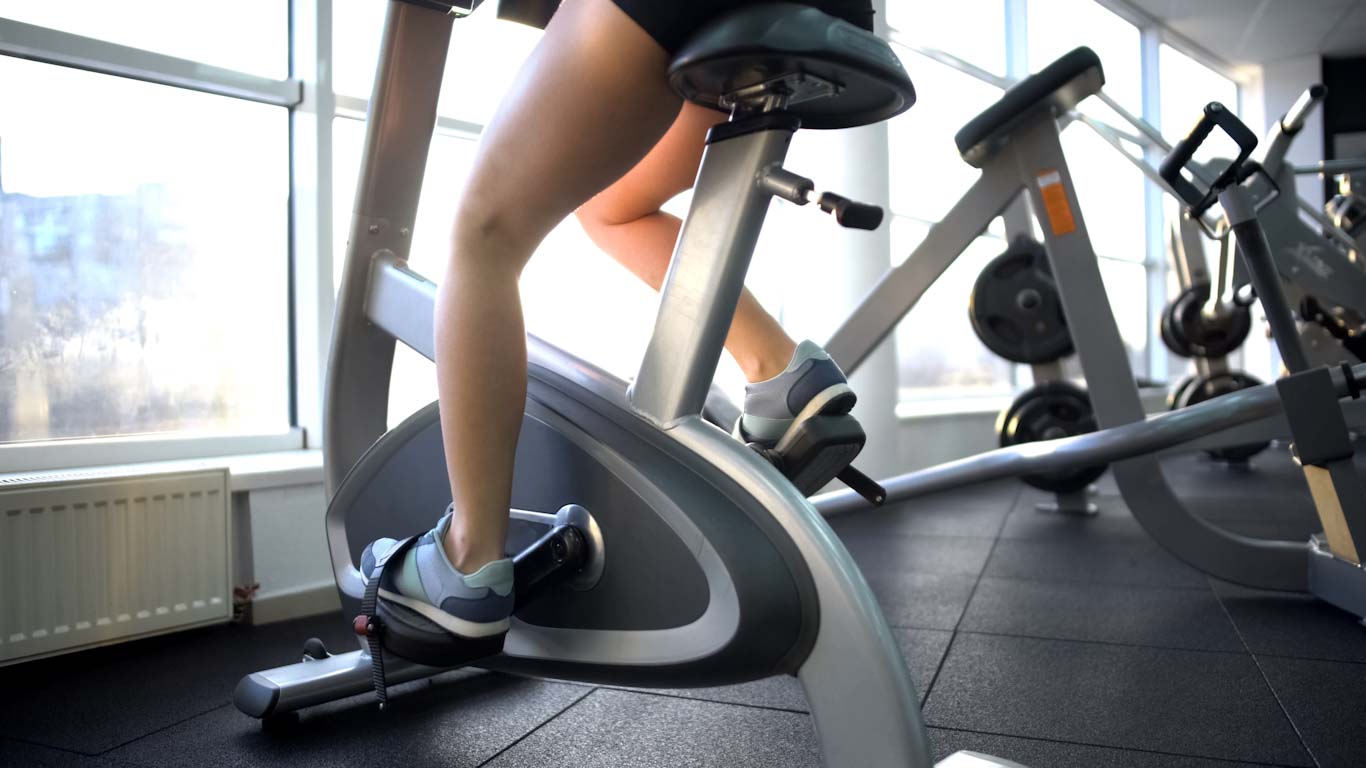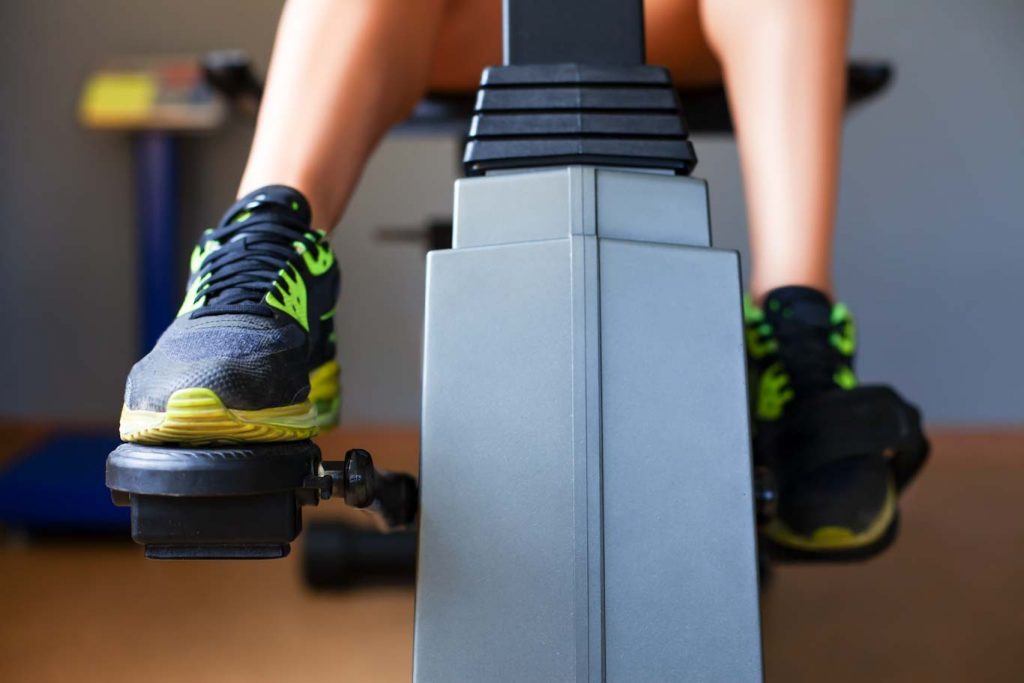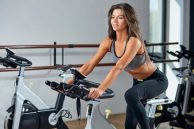Exploring the World of Exercise Bike Pedals: Choosing the Perfect Pedal for Your Workout

Welcome to the dynamic world of indoor cycling, where the right exercise bike pedal can be your key to unlocking fitness success. As a fellow enthusiast who’s been on this fitness rollercoaster for years, I’m here to take you on a comprehensive journey through the various types of exercise bike pedals and help you make an informed decision about which design aligns with your workout style. Whether you’re a seasoned cyclist or just starting your fitness journey, understanding the nuances of exercise bike pedals is essential to maximize your indoor cycling experience.
Understanding the Basics of Exercise Bike Pedals
Before we delve into the array of exercise bike pedal options, let’s establish why these seemingly humble components are so critical to your indoor cycling adventure. Pedals serve as the bridge between your body and the bike, impacting comfort, efficiency, safety, and overall cycling experience. To make an educated choice, consider these factors when selecting exercise bike pedals:
Comfort: Comfort begins with the contact point between your foot and the pedal. A comfortable pedal design reduces the risk of discomfort and hotspots during extended rides.
Efficiency: Pedal efficiency is crucial for power transfer from your legs to the bike’s flywheel. More efficient pedals result in a smoother, more productive ride.
Safety: Safety is paramount. Secure pedals ensure your feet stay in place, minimizing the risk of slipping and injury.
Compatibility: Ensure that the pedal type you choose is compatible with your specific exercise bike model.
Different Types of Exercise Bike Pedals
Now, let’s explore the three primary types of exercise bike pedals, each offering a unique blend of advantages and disadvantages:
1. Traditional Flat Pedals

Traditional flat pedals, also known as platform pedals, are simple, flat surfaces where you place your feet. These pedals are an excellent choice for beginners and casual users.
- Description and Features: Traditional flat pedals are flat, wide platforms that accommodate various types of athletic shoes.
- Ideal for: Beginners, casual users, and those who prefer versatility in shoe choice.
- Benefits: These pedals provide immediate comfort and simplicity, as you can wear any athletic shoe. They’re also perfect for quick entry and exit.
- Drawbacks: While comfortable, traditional flat pedals offer less efficient power transfer and foot stability compared to other types.
2. Toe Clip Pedals (Cage Pedals)

Toe clip pedals, also known as cage pedals, feature an adjustable strap or cage that secures your foot in place. They offer an intermediate option between flat pedals and clipless pedals.
- Description and Features: Toe clip pedals come with a cage that wraps around the front of your shoe, offering improved foot stability.
- Ideal for: Intermediate riders who seek better power efficiency and foot stability.
- Benefits: These pedals provide enhanced power transfer, foot stability, and versatility in shoe choice. They strike a balance between comfort and efficiency.
- Drawbacks: They are slightly more complex to use than flat pedals and offer less security than clipless pedals.
3. Clipless Pedals

Despite their name, clipless pedals do have clips, but they require compatible cycling shoes with cleats that attach to the pedal. They are favored by experienced cyclists and serious athletes.
- Description and Features: Clipless pedals feature a mechanism that allows you to clip in your cycling shoes. They offer the most secure connection between foot and pedal.
- Ideal for: Experienced cyclists and athletes looking for maximum power transfer and foot security.
- Benefits: Clipless pedals excel in power transfer and foot security. They enable efficient pedaling and enhance your overall cycling performance.
- Drawbacks: These pedals require specific cycling shoes with cleats, and there is a learning curve for beginners in getting used to clipping in and out.
4. Hybrid or Dual-Sided Pedals: The Best of Both Worlds

For those seeking the ultimate versatility in their indoor cycling experience, hybrid or dual-sided pedals offer a unique solution. These specialized pedals feature a toe cage on one side and a clipless pedal on the other, providing users with the flexibility to choose the pedal style that suits their preferences and workout goals.
On the toe cage side, users can enjoy the simplicity and comfort of a traditional flat pedal, allowing them to wear regular athletic shoes. This is ideal for quick entry and exit during casual rides or when footwear compatibility is not a priority.
On the flip side, the clipless pedal option caters to cyclists aiming for maximum power transfer and foot security. Compatible with cycling-specific shoes, the clipless mechanism ensures a secure connection, enhancing pedaling efficiency and overall performance.
While hybrid or dual-sided pedals are not commonplace and are typically found on selected bikes or high-end models, they cater to a niche audience seeking the best of both worlds in their indoor cycling adventures.
Which Exercise Bike Pedal Design is Best for Your Workouts?

Now that you understand the different types of exercise bike pedals, let’s match the right pedal type with your specific workout style:
Cardio and Endurance Training
Best Pedal Type: Clipless pedals
Why: Cardio and endurance training demand consistent pedaling efficiency. Clipless pedals offer the best power transfer, enabling you to maintain a steady cadence and build endurance effectively.
Interval and High-Intensity Workouts
Best Pedal Type: Clipless pedals or toe clip pedals
Why: Interval and high-intensity workouts require bursts of power. Clipless pedals maximize power transfer, while toe clip pedals offer a balance between efficiency and versatility, allowing you to quickly switch between sprints and recovery periods.
Recovery and Low-Impact Sessions
Best Pedal Type: Traditional flat pedals or toe clip pedals
Why: Recovery and low-impact sessions prioritize comfort and ease. Traditional flat pedals and toe clip pedals provide a comfortable platform, allowing you to focus on recovery without straining your muscles.
Indoor Cycling Classes
Best Pedal Type: Clipless pedals or toe clip pedals
Why: In group indoor cycling classes, performance and safety are key. Clipless pedals or toe clip pedals ensure you’re securely connected to the bike during intense class sessions, helping you keep up with the instructor and fellow participants.
Maintenance and Care for Exercise Bike Pedals
To ensure your exercise bike pedals serve you well in the long run, follow these maintenance tips:
Regular Cleaning and Lubrication: Clean and lubricate your pedals regularly to prevent dust and debris buildup. Lubrication ensures smooth pedal motion and prolongs the life of the pedal bearings.
Inspection for Wear and Tear: Periodically inspect your pedals for signs of wear and tear. Pay attention to the pedal body, bearings, and the mechanism for clipless pedals. If you notice any damage or irregularities, it may be time to replace your pedals.
Conclusion
Choosing the right exercise bike pedals is not just a matter of preference; it’s a vital step toward enhancing your indoor cycling experience. Whether you’re focused on cardio, high-intensity intervals, recovery, or joining the energy of an indoor cycling class, there’s a pedal design that aligns with your needs and goals. Remember that your choice of pedal can significantly impact your performance and enjoyment during every workout. So, make an informed decision, invest wisely, and pedal your way to fitness success!
FAQS
Do I need special shoes for indoor cycling pedals?
Yes, for clipless pedals. They require cycling shoes with cleats for a secure connection.
Are there pedals that allow me to use regular athletic shoes?
Yes, traditional flat pedals or toe clip pedals accommodate regular athletic shoes for convenience.
Are hybrid or dual-sided pedals suitable for beginners?
Yes, they offer versatility. Beginners can start with the toe cage side for comfort and later transition to clipless for performance.
Can I use the same pedals for indoor and outdoor cycling?
Yes, if using flat pedals. Clipless pedals may require adjustments or different cleats for outdoor and indoor use.
Can I switch between different pedal types on the same bike?
Yes, if your bike has a compatible crank. You can switch between pedals like toe clip and clipless on the same bike.
References and further readings:
- Nikola – History of clipless pedal
- Shimano – New Pedaling System Expanding the Possibilities of Cycling
- Cleveland State University – Bike Pedal Study
- Gonzaga University Study – Influence of Lateral Pedal transition on muscle recruitment








